Like most children, Maurice Malone was just beginning to look forward to Santa Claus and Christmas as he went to bed in his family’s Birmingham home on November 21st, 1974.
Instead, the seven-year-old’s secure world changed utterly shortly after 8pm when IRA bombs carried in duffel bags exploded in the Mulberry Bush and the Tavern in the Town.
Twenty-one people were killed, and 182 were injured, most seriously. However, the dead and injured were not the only casualties that night; the relationship between Irish immigrants and locals in the West Midlands city were seriously affected.
“Our family and our life, just overnight, changed. It had gone,” remembers Malone, one of many voices of first- and second-generation Irish who feature in a major exhibition on the Irish in Britain.
READ MORE
Malone’s father lost his job in the Lucas car parts factory within days.
“He, and the other lads who were working with him, were asked to leave the factory, which had been his life. It had been their lives. My dad died that night as well. But he just didn’t know it,” remembers Malone. “He lost his job, lost his income, lost a network of friends.
“He turned to the drink. Everything went downhill from there. He never recovered from the hatred, you know, the shame on the community. The community finished that night.”
Malone’s story is one of 50 featuring in the Look Back to Look Forward exhibition tracing the story of the Irish in Britain from the early 1970s to today, though scores more appear in an online exhibition.
Now, the exhibition has come “home home”, as Ireland is often called by emigrants, to the EPIC The Irish Emigration Museum on Custom House Quay in Dublin, where it opened last Thursday and runs until July 14th.
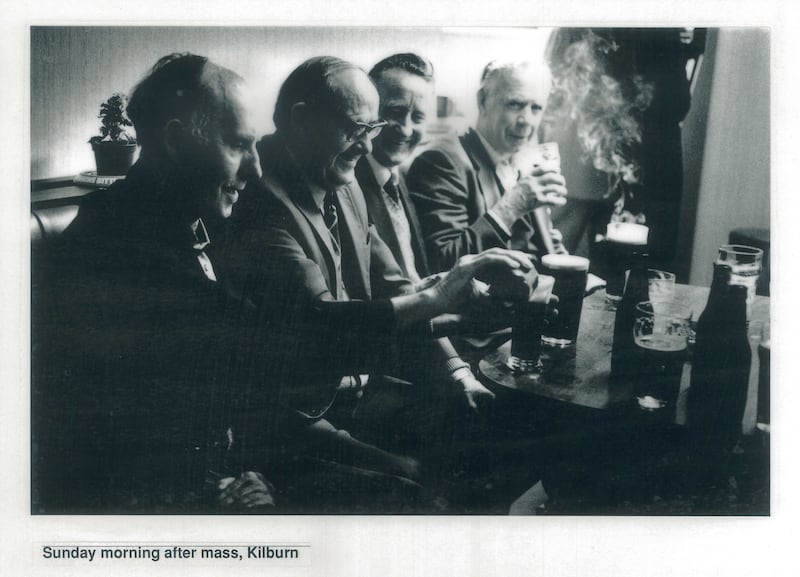
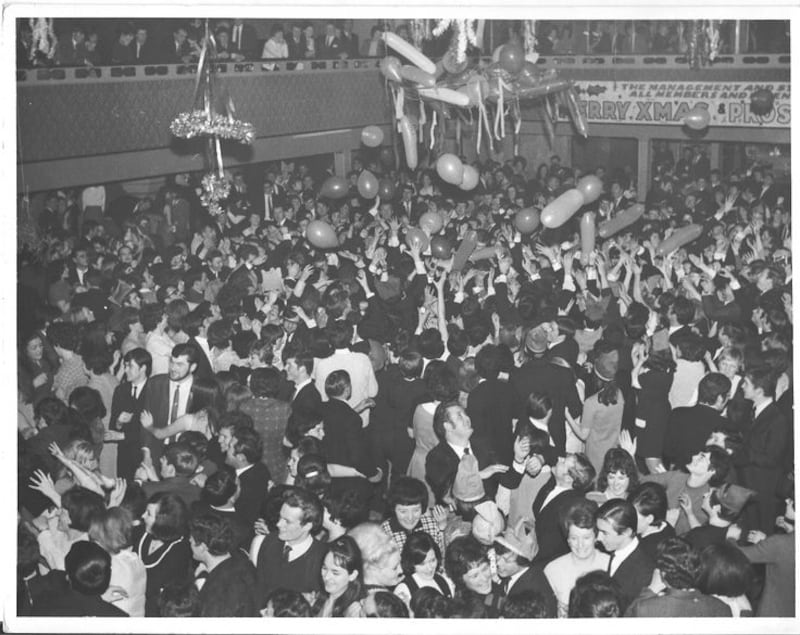
The project began to mark the 50th anniversary of the Irish in Britain organisation – once known as the Federation of Irish Societies, and which brings up to 150 Irish organisations throughout Britain together.
It was important to bring the story to Dublin, chief executive of the Irish in Britain Brian Dalton says, even though it began as a project to tell the story to their own in Britain.
“We are the oldest migrant community in Britain, with an average age of about 55/56. Much older than anyone else. So, there’s a real risk of losing a lot of these histories,” says Dalton.
So far, the exhibition has been displayed in London, Liverpool, Leeds and Birmingham, and London again: “There has been a hugely emotional response.
“People were laughing, crying, hugging, really, really moved,” says Dalton of an exhibition that features the voices of many emigrants, along with actor Adrian Dunbar and comedian Ardal O’Hanlon.
For some, the joy was in seeing their own generation’s lives marked and celebrated. For others, it was in seeing “Mum and Dad’s generation” remembered, while for some it was an opportunity to learn a story they knew little about.
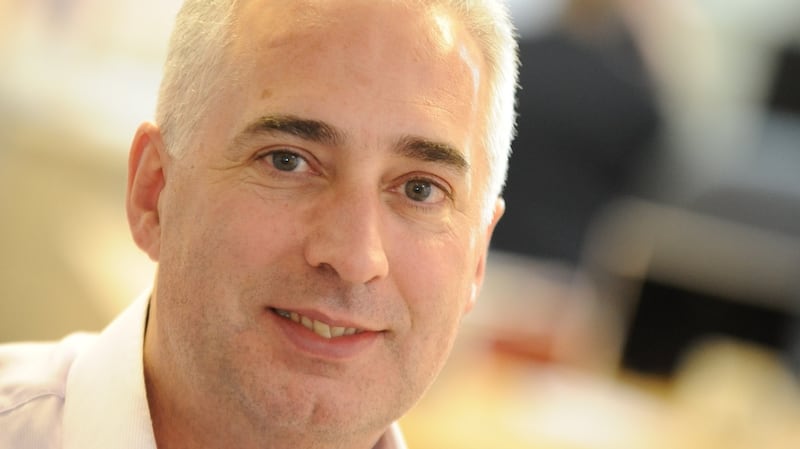

“We had one guy early on who got really emotional and started shouting and screaming at a video of some construction subcontractors from the 1970s because he said he had not been paid by one of them. That was an amazing moment,” says Dalton.
A Dublin exhibition was “always on the radar”, especially given the mounting controversy in Ireland about immigration “and all that stuff last November”, says Dalton, referencing the riots in Dublin.
“We certainly would not be telling people how to think about the challenges of migration,” says the Tramore, Co Waterford-born Dalton, who left Ireland “as an economic migrant”, as he puts it, in 1987.
“We have a hard-earned experience to share about what it is like to set up and build new lives in another country, in cities where we weren’t always welcome, either.”
Equally, it is important to tell the story to a country that has often chosen to ignore or dismiss the Irish in Britain, especially the British-born generations, “so offensively” dubbed “plastic Paddies”, says Dalton.
Angie Birtill, who was born in Liverpool to Irish parents and moved to London in her 20s, where she became a key member of the London Irish Women’s Centre, remembers the women who came from Ireland, particularly in the 1980s.
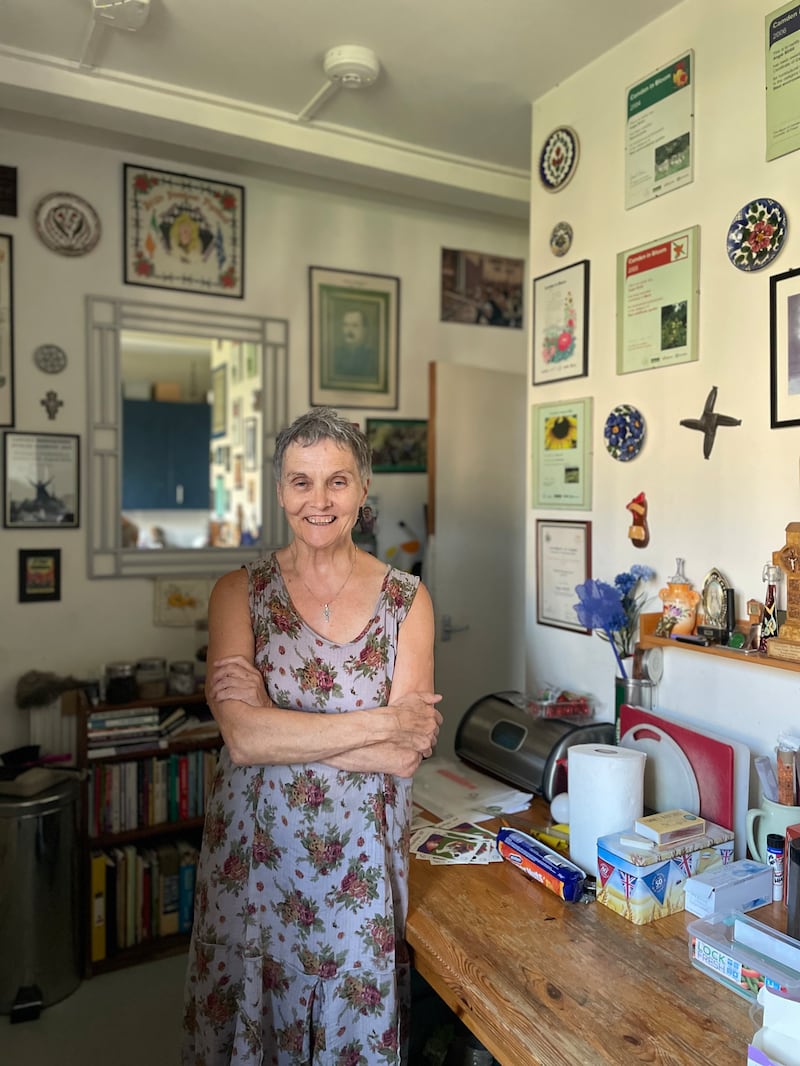
“A lot of young women who weren’t just coming for economic reasons, like my mum had come in the 1930s and the women who followed my mum, say like in the 40s and 50s.
“[They] were nurses like her and they were coming to fill the gaps in the economy,” Birtill says, but lots of “the women who came in the 80s ended up in many low-paid jobs. Many of them were leaving for more social reasons. They just didn’t feel they could be themselves at home. Simple as that, they felt [it was] just a hostile environment,” she says.
Belfast-born Jim O’Hara, who led the work that saw the construction of the multi-million-pound Irish Cultural Centre in Hammersmith, talks of the three waves of Irish emigration to Britain in the modern era.
The 1945-65 wave brought a lot of “country people, for that is what they were” to a highly-urbanised society who “were totally unequipped to cope with it, particularly the men”.
“Many of the men are now dead because they actually killed themselves working, you know, on the roads, construction sites, and all the rest of it. There are very few left,” he says.
The second “wave” came in the 1970s and, again, between 1981 and 1990 during the recession at home, where most faced frequent difficulties because of the Troubles.
“That is somewhat downplayed in Ireland, that – the trouble that the Troubles caused for the Irish living in Britain, where they were often figures of suspicion. That was hard on them,” he says.
Besides the Birmingham bombings, the exhibition covers the wider effects of the Troubles on the community, especially the operation of the Prevention of Terrorism Act that frequently targeted the Irish.
“It was a really dark picture. Growing up in the South, I don’t know about you, but we were quite skilled at turning a blind eye to the Troubles. It just didn’t register, we never talked about it,” says Dalton.
Facing a Special Branch check at Holyhead in the 1970s, one emigrant, Liam O’Hare, asked the plainclothes officer: “Are you still working here?” “What do you mean?” replied the policeman. “You’ve been here for years,” O’Hare told him.
Taken aback, the policeman replied, “How do you know?”
“Because you hassle me every time I pass through,” O’Hare replied. The policeman was “actually genuinely shocked”, he remembers, but “he was stereotyping Irish guys in their late 20s”.

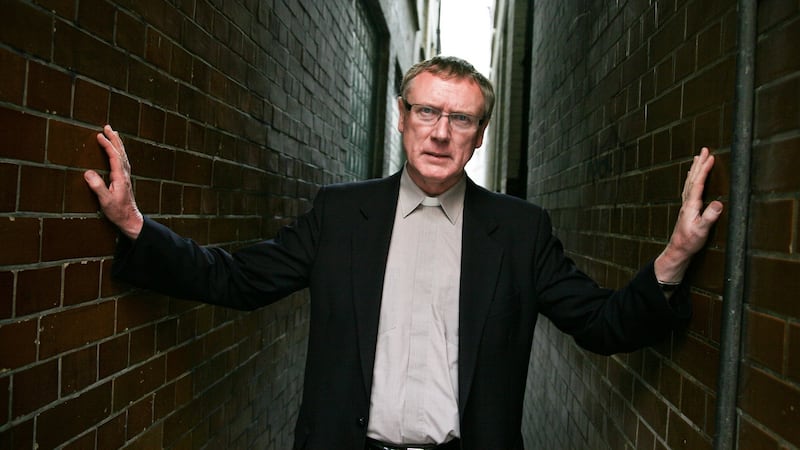

Today, it is “cool” to be Irish in London, says Fr Gerry McFlynn of the Irish Chaplaincy, who spent years visiting Irish prisoners of all faiths and none in prisons throughout Britain. “Certainly, there was a time where it wasn’t, that’s for sure.”
Even into the 1990s, the Irish were regarded “as a suspect community”, says the Newcastle, Co Down-born priest.
O’Hara, one of many Northerners to leave Belfast in the early-1970s agrees.
“The Irish coming today are completely different, they’re young, they’re confident, they’re qualified, with none of the hang-ups about the Troubles, about being Irish, about being suspect. Being Irish, in fact, is a plus. The Irish are popular even. People say, ‘Oh, you’re Irish’.”
However, the exhibition covers, too, the Irish that could never have flowered in the closed, conservative, religion-dominated Ireland of the day, but only outside of it.
Dalton says: “I’m talking about people like Shane MacGowan, for instance, and Boy George, or Elvis Costello and the others featured here that absolutely couldn’t have existed in any other place but in a London Irish household.
“Unique. And, you know, the London Irish accent, it is like no others, it’s unique. No one else talks like that. I can spot it a mile away. The inflection and the elongated vowels only happens in London-Irish households.
“So, we need to build a place where all those people feel like they can contribute and be part of something. We don’t make distinctions about first and second generations. A sense of shared identity, it starts with that.”
The experience of the Irish in Britain holds lessons for Ireland today, Dalton believes.
“Many friends here have kids who are very comfortable wearing an England football jersey on a Saturday and an Irish rugby jersey on a Sunday. And there’s no conflict in that. That sense of identity is worn very lightly but proudly, but without any conflict. I think there’s much to learn, in Ireland, about how we organise and how we embrace diverse membership groups over here.”
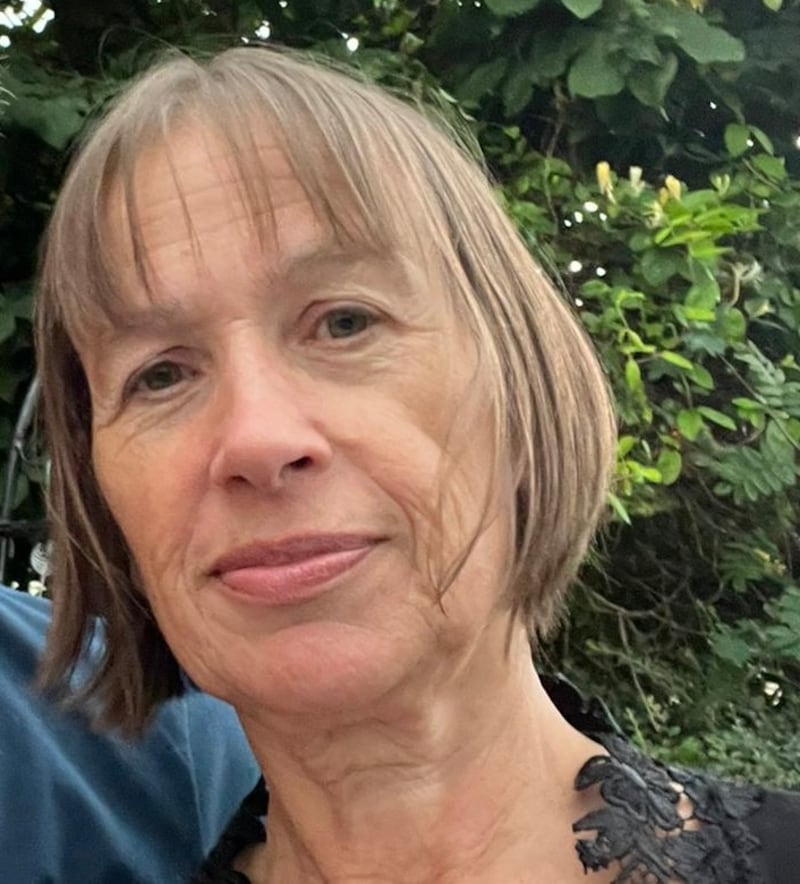
Loughborough University academic, Dr Deirdre O’Byrne says the book, Across The Water, about the lives of Irish women living in Britain, written by Mary Lennon, Joanne O’Brien and Marie McAdam, reflected the experience of many Irish in Britain.
“You’re not fully part of this, you’re not fully part of that. And it is that not fitting in which encapsulates the Irish in Britain experience. I think it just nails it. We’re here, and we’re kind of not of here,” she says.
Preparing the exhibition, Brian Dalton and a team of oral historians, partly-funded by a UK Heritage Lottery grant, sought to track the unheard, unrecognised stories of the community.
“We wanted to showcase stories that don’t often make it. There’s been a million things about nurses and navvies, and that’s right, so there should be. But we didn’t really want it just about that again,” says Dalton.
Instead, the exhibition places the role of women generally into the foreground, along with people prominent in civic leadership and activism, or those from the travelling, and the LGBT community.
Some stories are difficult to tell: “There was a big responsibility on us to do it in a way that is sensitive, and we understood the obligation on us to get this right,” he adds.
And it’s not just a southern story, either, as illustrated by Belfast woman Clare Hagan who left her home city because there was “nothing to do here and especially nothing to do, you know, for a lesbian”.
Once in London, she said: “I felt that there was much more . . . I mean, like, I was in a city where there were gay bars, you know, it was like, ‘Hello. Wow’, you know, where Pride, you know, and stuff like that [exists]. . .”
The costs of bringing the exhibition to Dublin are being met by the Department of Foreign Affairs, a display of “maturity”, says Dalton, “since the Ireland of 40 years ago wouldn’t be paying for this. Some the stories are actually quite dark. It says an awful lot about how we’ve changed and how the difficult parts of our story are being reconciled. An awful lot, and that’s good.”
The exhibition runs until July 14th https://epicchq.com/
Sign up for push alerts and have the best news, analysis and comment delivered directly to your phone
- Find The Irish Times on WhatsApp and stay up to date



















